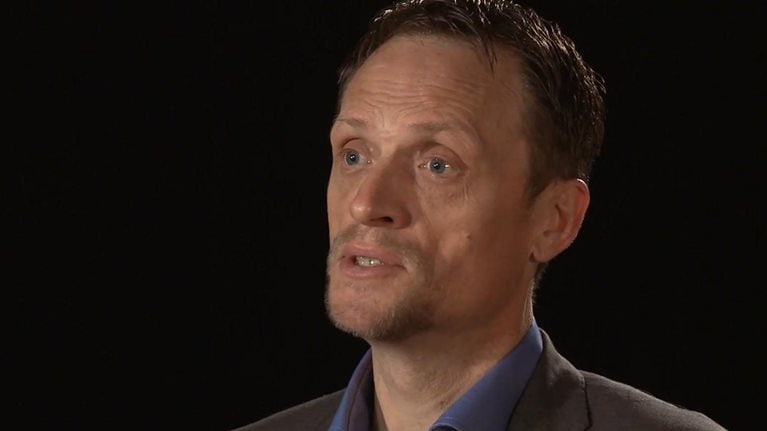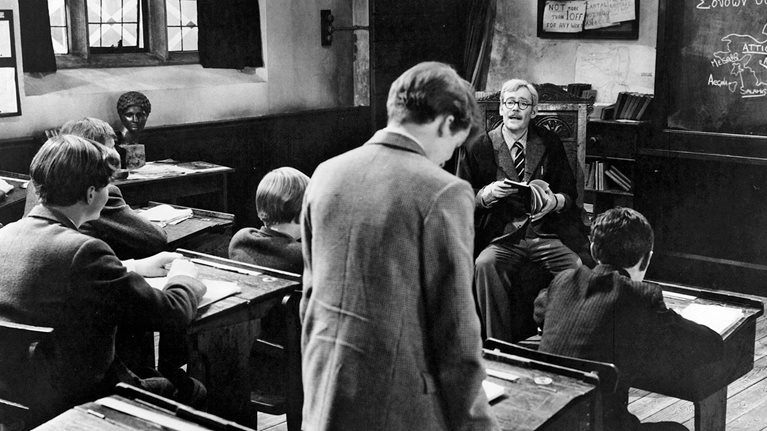Here is a question I often ask public-sector audiences but to which I rarely get a correct response: which public service has, over the last decade or so, been through the most radical shift from being delivered to essentially passive users to being co-produced by provider and consumer?
The answer is refuse collection. Recycling rates in England still lag behind many other European countries but they are rising quickly. Between 1997 and 2009, the proportion of household waste recycled or composted rose fivefold from 8 percent to 40 percent. Although the cost to local authorities has also risen, higher recycling is an affordable national objective because more and more householders now accept a significant degree of responsibility for managing their rubbish.
The evolution of refuse collection shows a route down which more public services need to travel. Even before the credit crunch and subsequent squeeze on spending, we here at the Royal Society for the Encouragement of Arts, Manufactures and Commerce (RSA) had identified what we termed the social aspiration gap. This lies between the broad hopes most citizens have for the future and the trajectory on which current attitudes and behaviors have set us. To be sure, effective policy and technological advances are important to closing this gap, but equally important is enabling citizens to be active partners in building the future to which they aspire.
Generally, democratically accountable governments and their citizens share objectives. We all want children to do well at school, vulnerable elders to be safe and treated with dignity, our neighborhoods to be pleasant and secure. Yet in both the old, paternalistic way of thinking and the more modern consumerist model, the assumption tends to be that these are outcomes that the state should provide as entitlements. As the gap between what we want and expect and what is affordable grows, this way of thinking has to change.
After all, we know that one of the most important determinants of a child’s educational attainment is parental engagement; that eating well, staying fit, and following medical advice is much more significant to the nation’s health than surgical survival rates are; and that no police force can cope if a community lacks the basic social norms and responsible behaviors that underpin public safety. This is why the RSA has suggested a new way of measuring the effectiveness of public services: higher social productivity is achieved when government agencies enable people to make a greater contribution to meeting their own needs individually and collectively.
In case this seems too abstract or idealistic, the field of social care provides another example. Ten years ago, the demand of many disabled adults and their carers for more choice and control over the services they received was a problem for public-sector managers. But now the majority of these clients are allocated their own budgets, giving them either direct access to cash payments or control over how a budget held in their name is spent. The grants may be modest but people can use their resource entitlement in the way that best suits them; perhaps paying family or friends to provide flexible care and support or clubbing together with other clients to purchase bespoke activities. One group of clients living in a mental health facility, for example, bought gym equipment to share and to provide a focus for socializing. Also, some of the money local authorities used to spend on dividing up fixed services among clients can now be channeled to direct payments.
The example of direct payments highlights an important aspect of the social-productivity way of thinking: seeing clients and citizens not just as a source of demands that must be managed but also as assets that can be exploited for good. David Halpern, who is currently an adviser to Prime Minister David Cameron, has described what he calls the “hidden wealth” that lies in the space between the state and the market. This is a society or neighborhood’s capacity for resilience, compassion, trust, and creativity, driven not by profit or regulation but by shared values and aspirations.
To engage and empower people, local agencies need a nuanced and multidimensional understanding of citizens and service users. Mapping community assets is also an important tool for service designers in the pursuit of greater social productivity. New UK-based companies like Participle and Think Public, as well as more established global giants like IDEO, are developing novel solutions to long-standing problems. A recurrent theme in their work is how better to engage and mobilize citizens as active partners in generating public value. One impressive example, from Participle, is Southwark Circles, a system serving a deprived borough in South London. Based on extensive community engagement, the service, which received seed-corn funding from the local authority, combines paid staff, volunteers, and an affordable membership scheme for elders and caregivers to fill the gap in support for older people at home that has been left as shrinking services concentrate on those most acutely in need. Services might include computer lessons, gardening, or routine home repairs. Participle now has public funding to scale up Circles across London and in many other parts of the UK.
Arguably, there is no shortage of new ideas for more effective public-service interventions; the harder challenge is turning these into viable social business propositions. In England, the government is hoping that the creation of a new £600 million Big Society Capital fund to back new business ideas can mesh with the growing use by public agencies of contracts for services that are paid for based on results to generate a vibrant social-enterprise sector.
Still, perhaps, the hardest part of realizing the potential of social productivity is creating the necessary culture shift. A senior UK politician tells the story of a local primary school that tried every form of intervention to tackle a long-standing problem with the mathematical attainment of boys from Bangladeshi backgrounds. It was only when in desperation they brought the boys’ parents into school that they stumbled onto the solution. It turned out the boys’ fathers didn’t have the confidence to help their sons with math homework. After a few lessons with the dads, the boys’ attainment was flying high. Many schools see parental engagement as a chore, marginal to teaching and learning, but as this case study demonstrates, seeing children’s education as a shared goal and widening the school’s span of influence to the broader community provided a simple and cost-effective solution to what had seemed an intractable problem.
Around the world, there are hundreds of great examples of this more holistic, upstream way of thinking about social problems and solutions. If we are to close the aspiration gap, we need the goal of greater social productivity to be at the very heart of public service strategy.


